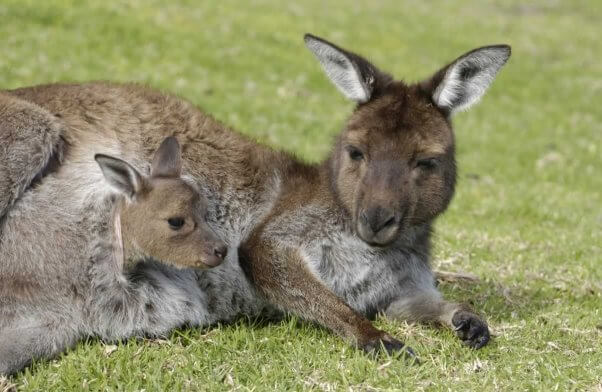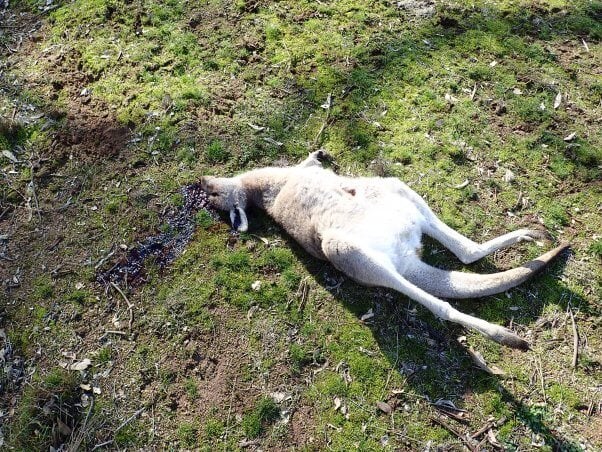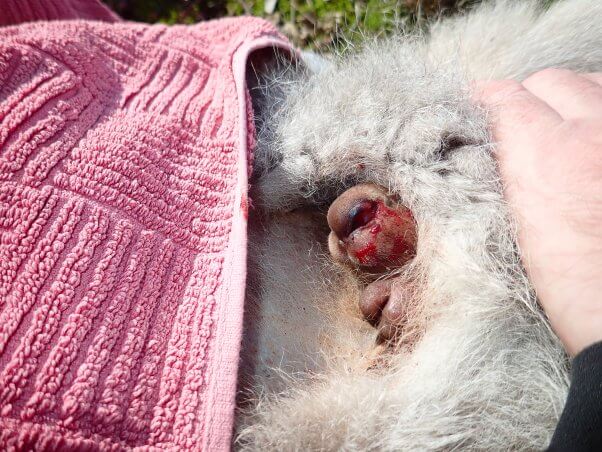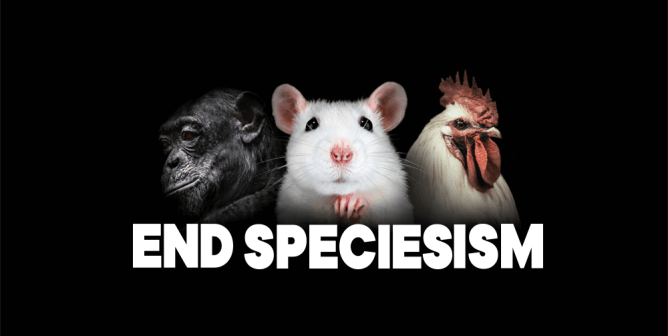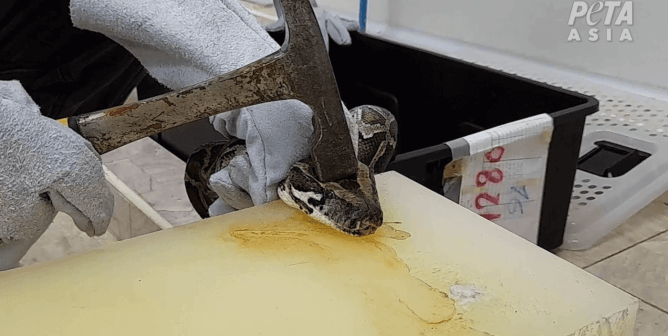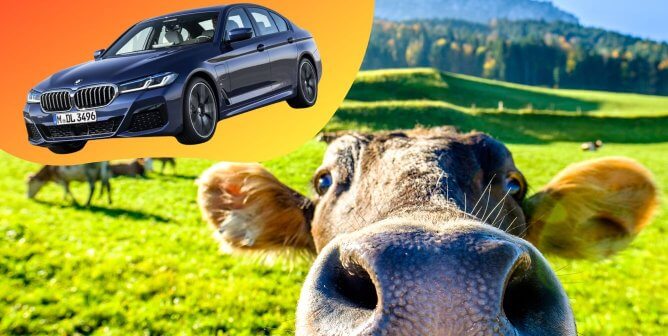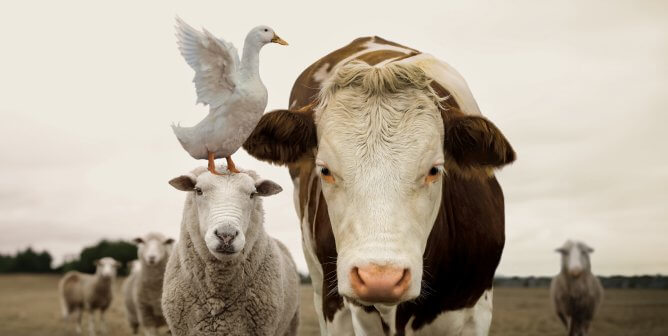What Is Kangaroo Leather, and Which Companies Use It?
What is kangaroo leather?
Kangaroos are one of the iconic species Australia is known for. But every year, between 1.5 million and 5 million gentle, family-oriented kangaroos are killed so that their skin can be turned into leather clothing and accessories, often called “k-leather.” Extensive research by the Kangaroo Roundtable—of which PETA Australia is a member—has found that the actual population of kangaroos is frequently inflated by agencies with an interest in killing them in order to make the animals seem much more numerous than they are and that the number of animals killed is often misrepresented or unreported.
Kangaroo hunters stalk the animals at dusk while they’re grazing. Hunters shine bright lights on them to confuse and blind them and then begin to shoot. Many animals, including mothers carrying babies in their pouches, are wounded but not killed outright. They may escape to suffer and die slowly. Adult kangaroos as well as orphaned joeys are then decapitated or their heads are smashed in, in a purported attempt to destroy the brain. Hunters frequently swing the babies against their vehicles to bash in their heads or simply leave them in the field to die of starvation, predation, or exposure. Then the animals’ skin is torn off their bodies to be exported and sold as leather.
Groups claim to hunt kangaroos to help the environment, but to suggest that the animals are destroying land that they have lived on for 4 million years is laughable. The motive is greed. Kangaroos are killed so that humans can take their skin to sell and take the land that they graze on to raise other animals for human consumption and to raise sheep for Australia’s wool industry.
Which companies use kangaroo leather?
Italy is the top importer of kangaroo skin. Buyers claim that it’s stronger than skin from cows or goats, who are killed in similar ways. If you buy leather, there’s often no easy way of knowing whose skin you’re really wearing. Kangaroo skin is also used by sporting goods companies, including Nike, Adidas, and Puma—frequently for bags, jackets, shoes, or soccer cleats.
Under pressure from PETA entities worldwide, Versace agreed to pull kangaroo skin from its lines, as have many other brands and retailers, including British luxury label Paul Smith, Chanel, and H&M. In August 2020, The Prada Group—which includes Prada, Miu Miu, Church’s, and Car Shoe—confirmed to Italian animal rights group LAV that it would no longer be using kangaroo leather in any future collections.
Amid the devastation of the Australian bushfires and the global outrage over the killing of kangaroos for their skin, PETA entities continue pushing all brands to switch to eco-friendly vegan materials.
What can I do to help kangaroos?
Check clothing and accessory labels before you buy to be sure you’re getting humane fabrics rather than leather, wool, or other animal-derived materials. And opt for healthy vegan meals instead of meat and dairy, for which farmed animals as well as wild animals lose their lives.
Just as we did with badger hair, mohair, angora, and others, PETA entities worldwide are working to expose hidden cruelty that no one else is talking about. If you’re a PETA supporter, become an official member for just $16 a year. You’ll enjoy many exclusive member benefits and help power our crucial work for animals.

